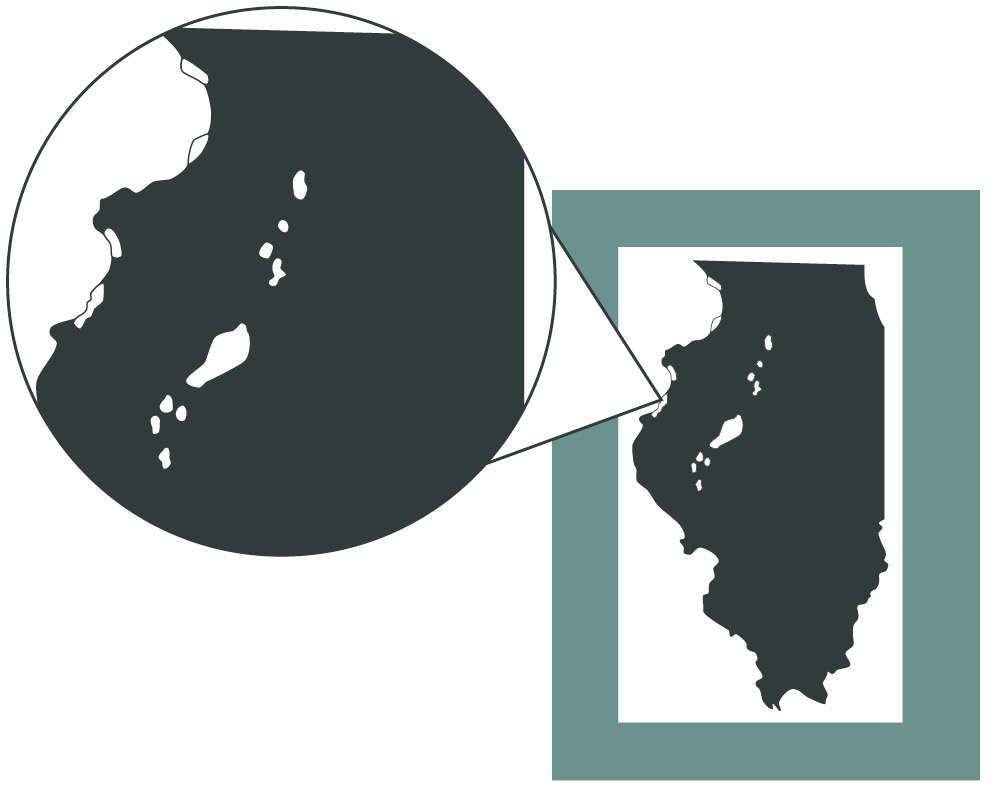
An Illinois sand prairie. Photo by Michael R Jeffords.



An Illinois sand prairie. Photo by Michael R Jeffords.
Much has been written lately about the federally endangered rusty patched bumble bee, but all native bumble bees need some help.
One in particular is the southern plains bumble bee (Bombus fraternus), and while Angella Moorehouse was conducting a grasshopper workshop in a scrub oak area in Illinois several years ago, a fellow researcher found one.

“We verified and documented it,” said Moorehouse, a natural areas preservation specialist with the Illinois Nature Preserves Commission. She discovered the bumble bee is on the International Union for Conservation of Nature (IUCN) species red list as endangered worldwide.
It is not listed in Illinois, and Moorehouse thinks it should be.
“We’re talking about a species that is critically endangered,” said Moorehouse who plans to begin the process of getting the species listed as endangered in Illinois. Currently it’s considered rare and confined to the southern half of Illinois in appropriate sandy habitat.
“The southern plains bumble bee is a Regional Species of Greatest Conservation Need in the Midwest and the Great Plains,” Moorehouse said.
According to the IUCN, the southern plains bumble bee has declined rapidly in the past few decades throughout its range due to habitat loss and degradation, pesticide use, climate change and other factors. “This species could potentially go extinct in 80 to 90 years,” according to the IUCN’s website.

The southern plains bumble bee is a sand specialist. It finds the Illinois River and Mississippi River Sand Areas Natural Division in Illinois a perfect place to live.
Moorehouse describes the female southern plains bumble bee as huge with lots of yellow and a black stripe on its thorax.
“To me, the legs are big and when they grab a flower they seem to sprawl out and hug the flower with their big hairy legs,” she said.
The male southern plains are smaller and less conspicuous. Their job is to impregnate the females, she said.
The southern plains bumble bee is a prairie bee. It doesn’t go into the woods.
“They particularly like sand prairies, though we don’t know enough now about why,” Moorehouse said.
Bumble bee species share similar life histories.
The female, or queen, overwinters beneath the ground, and in the case of the southern plains, in the sand.

She’s already pregnant with eggs after mating with males in fall. When she emerges in spring, she finds a suitable nest hole, then begins gathering pollen and nectar to create pollen balls. She brings the pollen balls to the hole and lays her eggs atop them. When the eggs hatch, larvae feast on the pollen balls.
Moorehouse has seen the southern plains bumble bee in June gathering pollen and nectar from green milkweed, common milkweed and prickly pear cactus, species that thrive in the Illinois and Mississippi River Sand Areas Natural Division in the state. She’s also seen them feasting on the native goat’s rue, a plant that often grows near sand blowouts.
Moorehouse said she is asking researchers in the area where these bumble bees have been found not to collect them. Not much is known about this bumble bee and she’d like to learn more, she said.
For example, the specific requirements of overwintering sites of this species are not yet known, but overwintering sites are distinct from nesting sites and may or may not be near foraging areas, according to The Bumble Bees of North America: An Identification Guide, published in 2014 by the Princeton University Press.

The bee also has recently been found both at an urban farm and restored prairie in St. Louis, according to A Checklist of the Bees of St. Louis, Missouri, published in 2017.
Bumble bees serve an important role in pollinating flowers—they visit native plants to collect both nectar and pollen.
“Bumble bees are a keystone species,” Moorehouse said. “If you lose those bees, you also lose rare plants.”
A recent study conducted by the Illinois Natural History Survey showed that “half of the bumble bee species found historically in Illinois have been locally extirpated or have suffered declines, supporting observations of broader declines in North America. In that paper, published in the January 2009 issue of Biological Conservation, authors Jennifer C. Grixti, Lisa T. Wong, Sydney A. Cameron and Colin Favret concluded that “attempts to conserve bumble bees in Illinois should involve wildlife-friendly approaches to agriculture, such as increasing agricultural land set-asides and hedgerows, and employing integrated pest management.”
Sheryl DeVore writes environment and nature pieces for regional and national publications and has had several books published, including “Birds of Illinois” co-authored with her husband, Steven D. Bailey.
Submit a question for the author